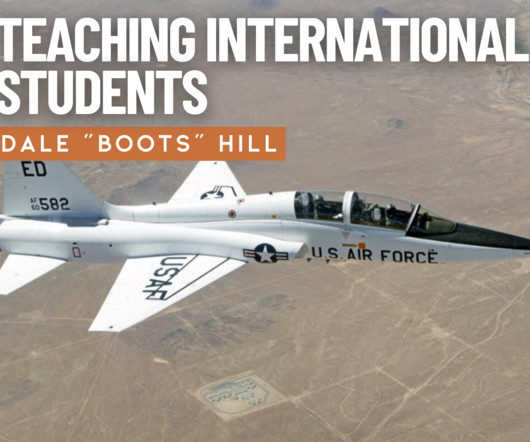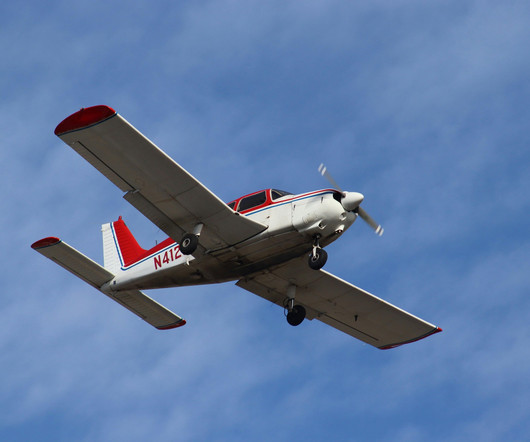Teaching International Student Pilots
Air Facts
MARCH 5, 2025
Teaching International Student Pilots Air Facts Journal In the mid 70s, I was a USAF T-38 instructor pilot (IP) in the 71 st Flying Training Wing at Vance AFB (KEND) in Enid, Oklahoma. Two squadrons trained students in their journey to become Air Force pilots. The venerable Tweet A.K.A. The 6000-pound dog-whistle!



















Let's personalize your content